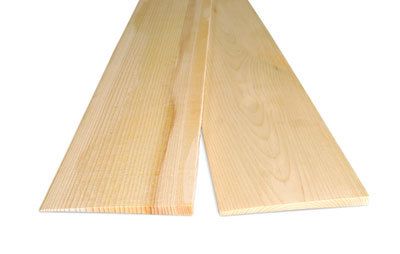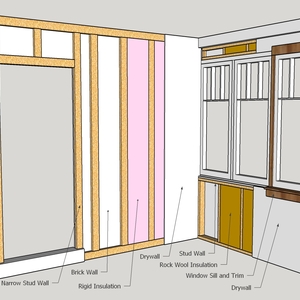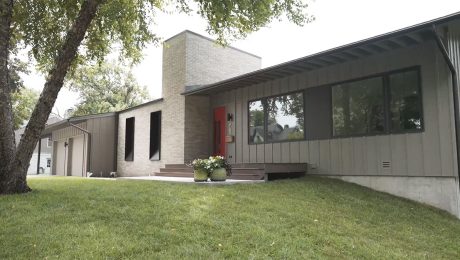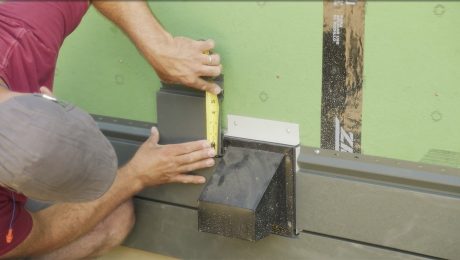What's the Difference: Beveled wood siding
If you're willing to shell out a few extra bucks, quartersawn is the way to go

Flat-sawn vs. quartersawn
Builders still able to resist vinyl in favor of beveled wood siding can specify either flat-sawn or quartersawn material in several species of softwood. Quartersawn, or vertical grain, siding is usually more expensive than flat-sawn, but overall it’s a better choice.
Quartersawn lumber is cut from the tree so that the growth rings are perpendicular to the face of the board. At the end of a piece of siding, the rings appear as a series of short up-and-down lines between the two wide faces. In flat-sawn, or plain-sawn, siding, the growth rings are tangential to the face of the board, and they appear as curved lines running roughly parallel to the faces of the board.
On average, quartersawn lumber shrinks in width half as much as flat-sawn material as it cures, and it changes shape less dramatically after it has been installed. This stability makes quartersawn material less likely to crack, especially if the siding has been double-nailed. It’s also less likely to cause nail pops. And quartersawn lumber should hold paint better because it’s dimensionally stable.
Vertical-grain siding costs more than flat-sawn material of the same size and grade. At Bear Creek Lumber (800-597-7191; www.bearcreeklumber.com), clear, vertical-grain beveled siding is 90¢ per lineal foot for nominal 6-in. western red cedar. Bear Creek’s A and Better siding, which is mostly flat-sawn material, is about 10¢ cheaper per foot.
The Ward Clapboard Mill in Vermont (802-496-3581; www.wardclapboard.com) sells vertical-grain beveled siding in clear spruce for 66¢ per foot. The company says quartersawn spruce and pine clapboards will last 100 years. But their manufacturing process limits boards to 6 ft. in length.
No. 2 pine siding, which is flat-sawn, is available for about 30¢ per lineal foot in the Northeast—one-third the price of clear western red cedar and half that of clear spruce or pine from Ward Clapboard Mill. But the No. 2 siding is so prone to cupping that it can ratchet siding nails right out of the house. —Scott Gibson, contributing editor


























